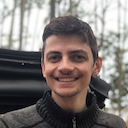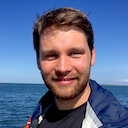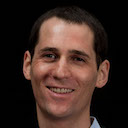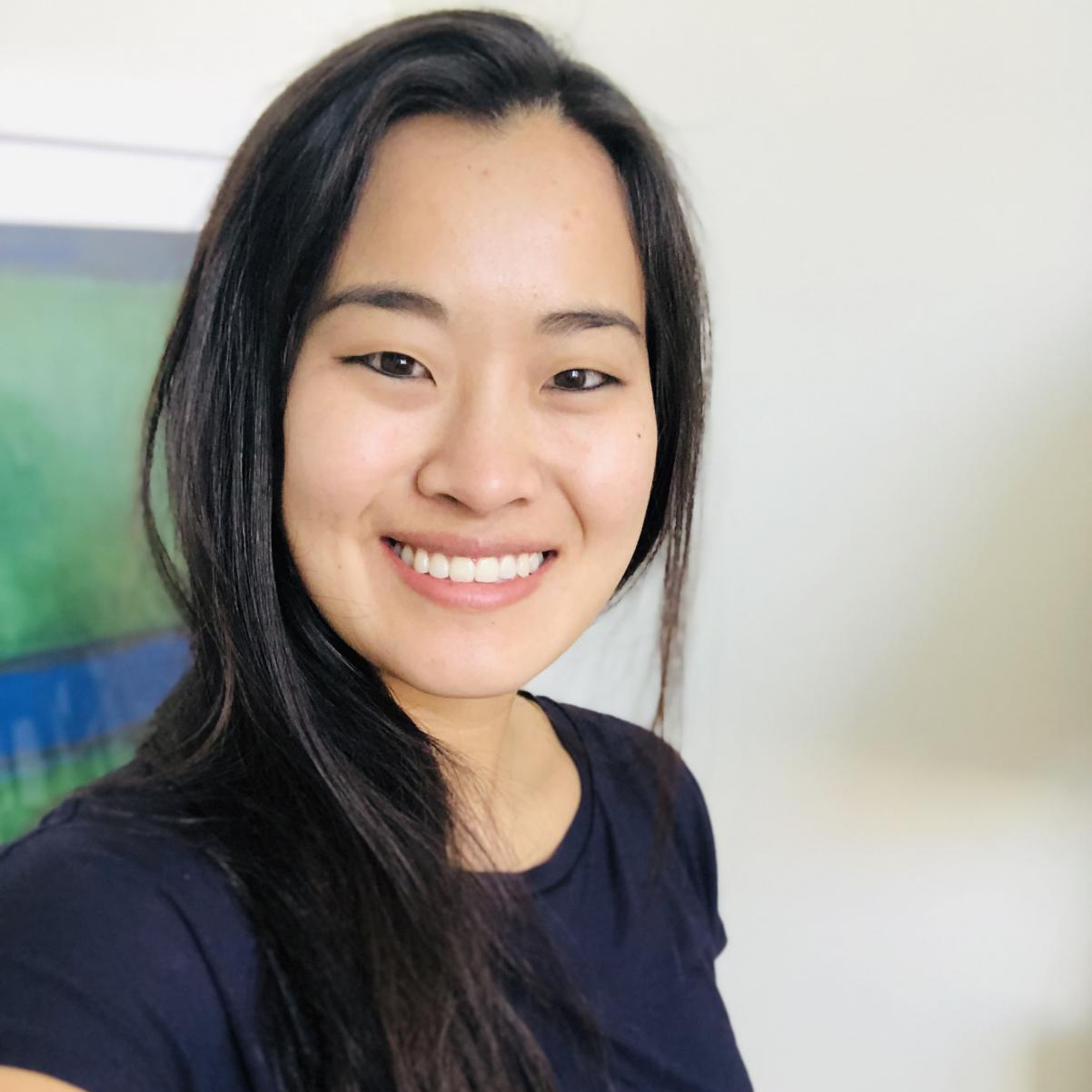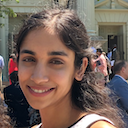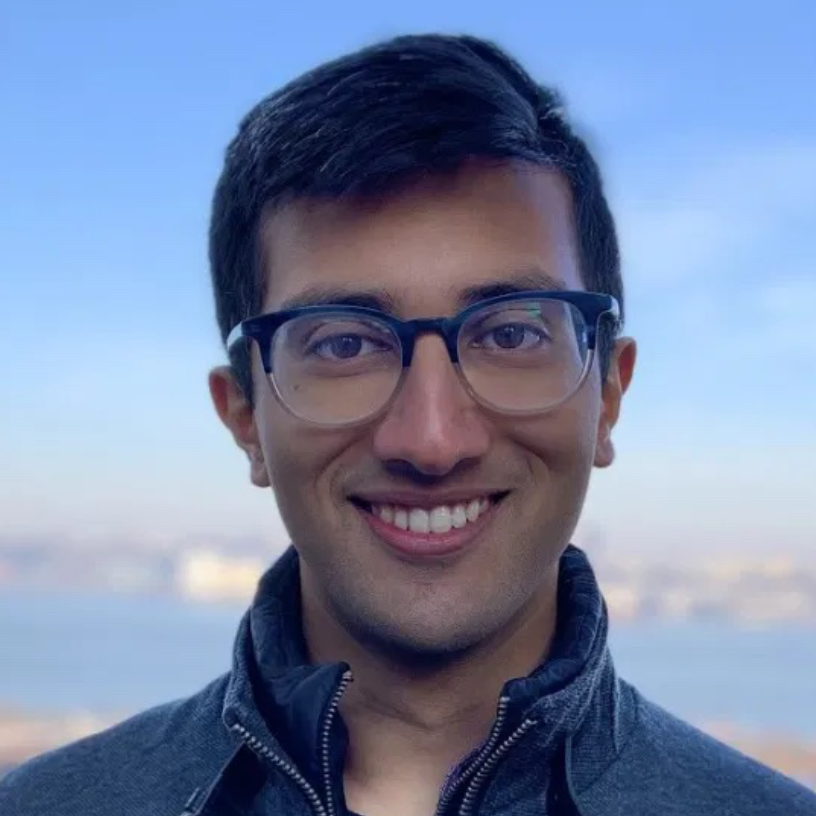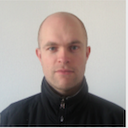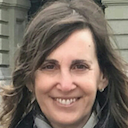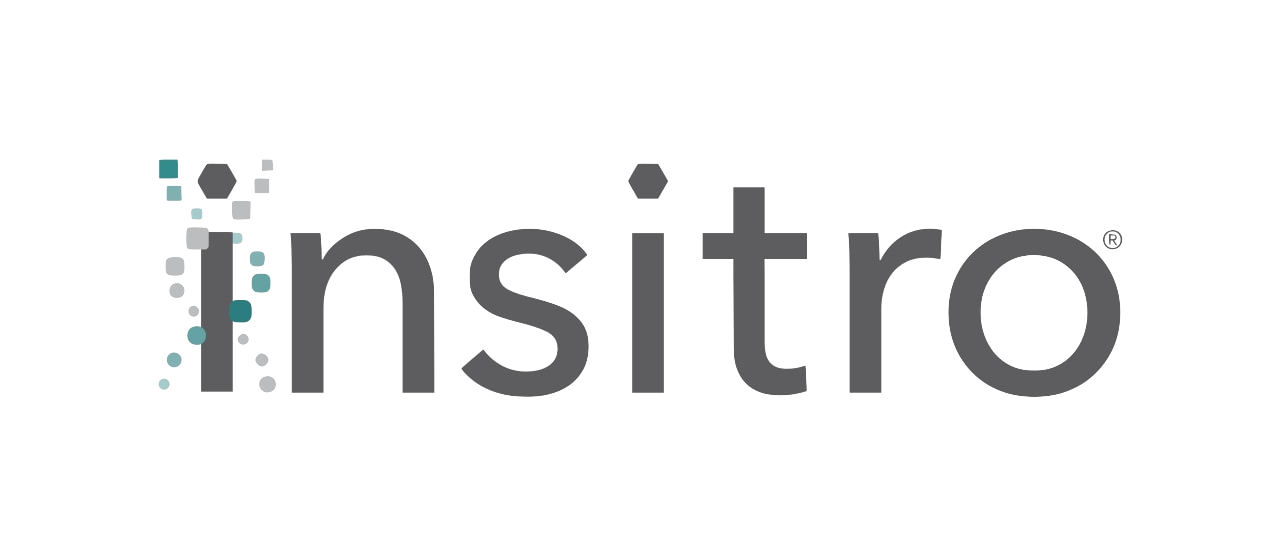Spurred on by recent advances in neural modeling and wet-lab methods, structural biology, the study of the three-dimensional (3D) atomic structure of proteins and other macromolecules, has emerged as an area of great promise for machine learning. The shape of macromolecules is intrinsically linked to their biological function (e.g., much like the shape of a bike is critical to its transportation purposes), and thus machine learning algorithms that can better predict and reason about these shapes promise to unlock new scientific discoveries in human health as well as increase our ability to design novel medicines.
Moreover, fundamental challenges in structural biology motivate the development of new learning systems that can more effectively capture physical inductive biases, respect natural symmetries, and generalize across atomic systems of varying sizes and granularities. Through the Machine Learning in Structural Biology (MLSB) workshop, we aim to include a diverse range of participants and spark a conversation on the required representations and learning algorithms for atomic systems, as well as dive deeply into how to integrate these with novel wet-lab capabilities.
To attend the MLSB workshop talks, poster sessions, and virtual hangouts, register for the main NeurIPS conference at neurips.cc by December 7th, 2020.
We welcome submissions of short papers leveraging machine learning to address problems in structural biology, including but not limited to:
We request anonymized PDF submissions by Thursday, October 15th, 2020, 11:59PM in the timezone of your choice through Microsoft CMT.
Submissions should be 4-9 pages in PDF format and fully anonymized as per the requirements of NeurIPS. We request use of the NeurIPS style files. A maximum of 9 pages excluding references and appendices will be considered. The review process will be double-blind.
Accepted papers will be invited to present a poster at the virtual workshop, with nominations of spotlight talks at the discretion of the organizers. This workshop is considered non-archival and does not publish proceedings, however authors of accepted contributions will have the option to make their work available through the workshop website. Presentation of work that is concurrently in submission is welcome.
Submission Deadline: October 15, 2020, 11:59 PM, Anywhere on Earth.
Notification of Acceptance: Oct 30, 2020.
Workshop Date: December 12th, 2020

Keynote
Director of the Institute for Protein Design, University of Washington.

Keynote
Professor of Structural Biology at Stanford University. Recipient of the 2013 Nobel Prize in Chemistry.

Assistant Professor of Systems Biology at Columbia University.
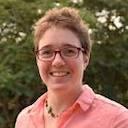
Professor of Structural Bioinformatics at Oxford University.
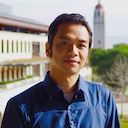
Assistant Professor of Bioengineering at Stanford University.

Professor of Mathematics and Computer Science at Freie Universität Berlin.

Professor of Chemistry at Seoul National University.
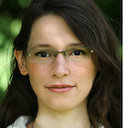
Group leader at the Rudolf Virchow Center of Würzburg University.
| 08:00 | Opening Remarks | |||
|---|---|---|---|---|
| 08:10 | Keynote - Michael Levitt: Is Basic Science Needed for Significant and Fundamental Discoveries |
|||
| 08:20 | ||||
| 08:30 | ||||
| 08:40 | ||||
| 08:50 | Invited Talk - Charlotte Deane: Predicting the conformational ensembles of proteins |
|||
| 9:00 | ||||
| 9:10 | Invited Talk - Frank Noe: Deep Markov State Models versus Covid-19 |
|||
| 9:20 | ||||
| 9:30 | Invited Talk - Andrea Thorn: Finding Secondary Structure in Cryo-EM maps: HARUSPEX |
|||
| 9:40 | ||||
| 9:50 | Break | |||
| 10:00 | ||||
| 10:10 | ||||
| 10:20 | Keynote - David Baker: Rosetta design of COVID antivirals and diagnostics |
|||
| 10:30 | ||||
| 10:40 | ||||
| 10:50 | ||||
| 11:00 | Contributed Talk: Predicting Chemical Shifts with Graph Neural Networks (Ziyue Yang, Maghesree Chakraborty, Andrew White) | |||
| 11:10 | Contributed Talk: Cryo-ZSSR: multiple-image super-resolution based on deep internal learning (Qinwen Huang, Ye Zhou, Xiaochen Du, Reed Chen, Jianyou Wang, Cynthia Rudin, Alberto Bartesaghi) | |||
| 11:20 | Contributed Talk: Wasserstein K-Means for Clustering Tomographic Projections (Rohan Rao, Amit Moscovich, Amit Singer) | |||
| 11:30 | Poster SessionHeld on gather.town | |||
| 11:40 | ||||
| 11:50 | ||||
| 12:00 | ||||
| 12:10 | ||||
| 12:20 | ||||
| 12:30 | Lunch | |||
| 12:40 | ||||
| 12:50 | ||||
| 01:00 | Panel Discussion: Future of ML for Structural Biology | |||
|---|---|---|---|---|
| 01:10 | ||||
| 01:20 | ||||
| 01:30 | ||||
| 01:40 | ||||
| 01:50 | ||||
| 2:00 | Invited Talk - Possu Huang:Jump starting an evolution by protein design through deep learning of protein structures | |||
| 2:10 | ||||
| 2:20 | Contributed Talk: ProGen: Language Modeling for Protein Generation (Ali Madani, Bryan McCann, Nikhil Naik, Nitish Shirish Keskar, Namrata Anand, Alexander E Chu, Raphael R Eguchi, Po-Ssu Huang, Richard Socher) | |||
| 2:30 | Contributed Talk: Biological structure and function emerge from scaling unsupervised learning to 250 million protein sequences (Alexander Rives, Joshua Meier, Tom Sercu, Siddharth Goyal, Zeming Lin, Demi Guo, Myle Ott, Larry Zitnick, Jerry Ma, Rob Fergus) | |||
| 2:40 | Contributed Talk: SidechainNet: An All-Atom Protein Structure Dataset for Machine Learning (Jonathan King, David Koes) | |||
| 2:50 | Contributed Talk: Generating 3D Molecular Structures Conditional on a Receptor Binding Site with Deep Generative Models (Tomohide Masuda, Matthew Ragoza, David Koes) | |||
| 3:00 | Contributed Talk: Learning from Protein Structure with Geometric Vector Perceptrons (Bowen Jing, Stephan Eismann, Patricia Suriana, Raphael Townshend, Ron Dror) | |||
| 3:10 | Poster Session Held on gather.town | |||
| 3:20 | ||||
| 3:30 | ||||
| 3:40 | ||||
| 3:50 | ||||
| 4:00 | ||||
| 4:10 | Invited Talk - Mohammed AlQuraishi: (Nearly) end-to-end differentiable learning of protein structure |
|||
| 4:20 | ||||
| 4:30 | Invited Talk - Chaok Seok: Ab initio protein structure prediction by global optimization of neural network energy: Can AI learn physics? | |||
| 4:40 | ||||
| 4:50 | Closing Remarks | |||
| 5:00 | Happy HourHeld on gather.town | |||
Biological structure and function emerge from scaling unsupervised learning to 250 million protein sequences
Combining variational autoencoder representations with structural descriptors improves prediction of docking scores
Conservative Objective Models: A Simple Approach to Effective Model-Based Optimization
Cross-Modality Protein Embedding for Compound-Protein Affinity and Contact Prediction
Cryo-ZSSR: multiple-image super-resolution based on deep internal learning
DHS-Crystallize: Deep-Hybrid-Sequence based method for predicting protein Crystallization
Design-Bench: Benchmarks for Data-Driven Offline Model-Based Optimization
Designing a Prospective COVID-19 Therapeutic with Reinforcement Learning
ESM-1b: Optimizing Evolutionary Scale Modeling
Exploring generative atomic models in cryo-EM reconstruction
Fast and adaptive protein structure representations for machine learning
GEFA: Early Fusion Approach in Drug-Target Affinity Prediction
Generating 3D Molecular Structures Conditional on a Receptor Binding Site with Deep Generative Models
Is Transfer Learning Necessary for Protein Landscape Prediction?
Learning Super-Resolution Electron Density Map of Proteins using 3D U-Net
Learning a Continuous Representation of 3D Molecular Structures with Deep Generative Models
Learning from Protein Structure with Geometric Vector Perceptrons
Molecular Mechanics-Driven Graph Neural Network with Multiplex Graph for Molecular Structures
Pre-training Protein Language Models with Label-Agnostic Binding Pairs Enhances Performance in Downstream Tasks
Predicting Chemical Shifts with Graph Neural Networks
ProGen: Language Modeling for Protein Generation
Profile Prediction: An Alignment-Based Pre-Training Task for Protein Sequence Models
Protein model quality assessment using rotation-equivariant, hierarchical neural networks
Sequence and stucture based deep learning models for the identification of peptide binding sites
SidechainNet: An All-Atom Protein Structure Dataset for Machine Learning
The structure-fitness landscape of pairwise relations in generative sequence models
Wasserstein K-Means for Clustering Tomographic Projections
